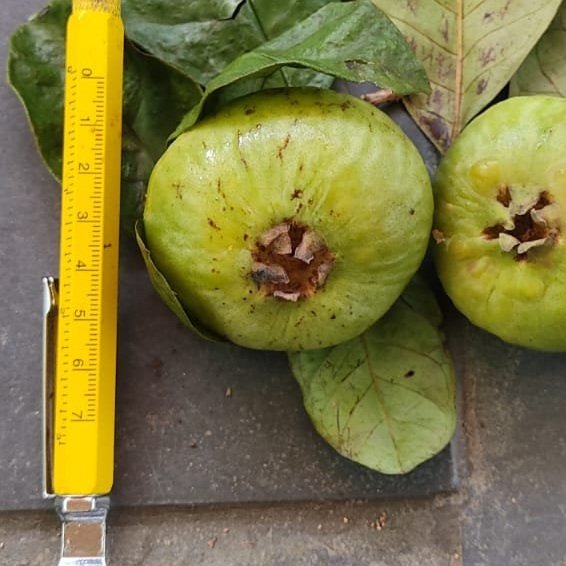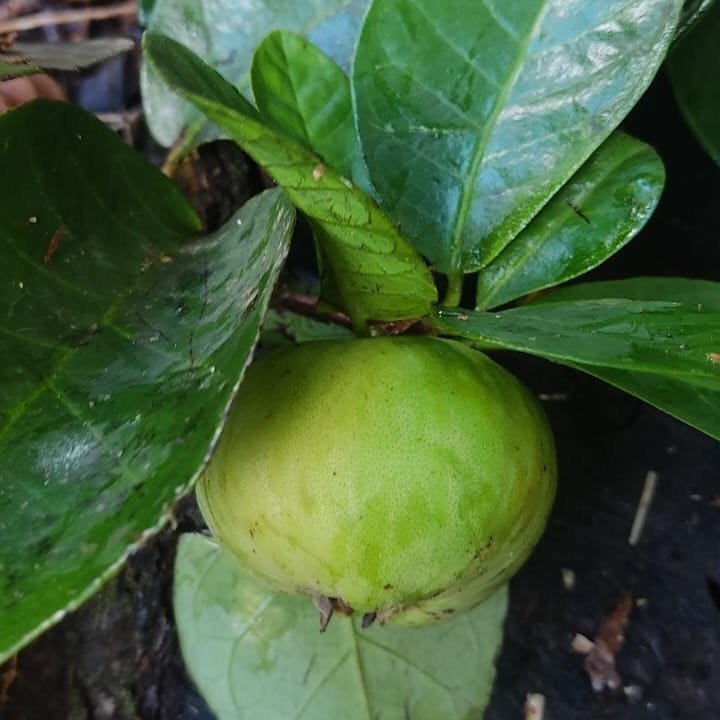Campomanesia sp "Ultra Rara'
Seeds were imported from Brazil. A 10-meter tree produces sweet fruits with a hint of tartness. The thin skin is edible, as are the seeds, which have a woody flavor. The species is new and originates from Una, Bahia. The fruits are green when ripe with tons of pulp and minimal seeds. Una, Bahia, Brazil, features a tropical climate with warm, humid conditions year-round and consistent rainfall, supporting its lush biodiversity. Temperatures average between 21°C (70°F) and 31°C (88°F), with a wet season typically from November to April, making it ideal for tropical and subtropical plants. This region corresponds to USDA Hardiness Zones 11-12, suitable for species that thrive in frost-free environments with consistently warm weather.
Seeds were imported from Brazil. A 10-meter tree produces sweet fruits with a hint of tartness. The thin skin is edible, as are the seeds, which have a woody flavor. The species is new and originates from Una, Bahia. The fruits are green when ripe with tons of pulp and minimal seeds. Una, Bahia, Brazil, features a tropical climate with warm, humid conditions year-round and consistent rainfall, supporting its lush biodiversity. Temperatures average between 21°C (70°F) and 31°C (88°F), with a wet season typically from November to April, making it ideal for tropical and subtropical plants. This region corresponds to USDA Hardiness Zones 11-12, suitable for species that thrive in frost-free environments with consistently warm weather.
Seeds were imported from Brazil. A 10-meter tree produces sweet fruits with a hint of tartness. The thin skin is edible, as are the seeds, which have a woody flavor. The species is new and originates from Una, Bahia. The fruits are green when ripe with tons of pulp and minimal seeds. Una, Bahia, Brazil, features a tropical climate with warm, humid conditions year-round and consistent rainfall, supporting its lush biodiversity. Temperatures average between 21°C (70°F) and 31°C (88°F), with a wet season typically from November to April, making it ideal for tropical and subtropical plants. This region corresponds to USDA Hardiness Zones 11-12, suitable for species that thrive in frost-free environments with consistently warm weather.





